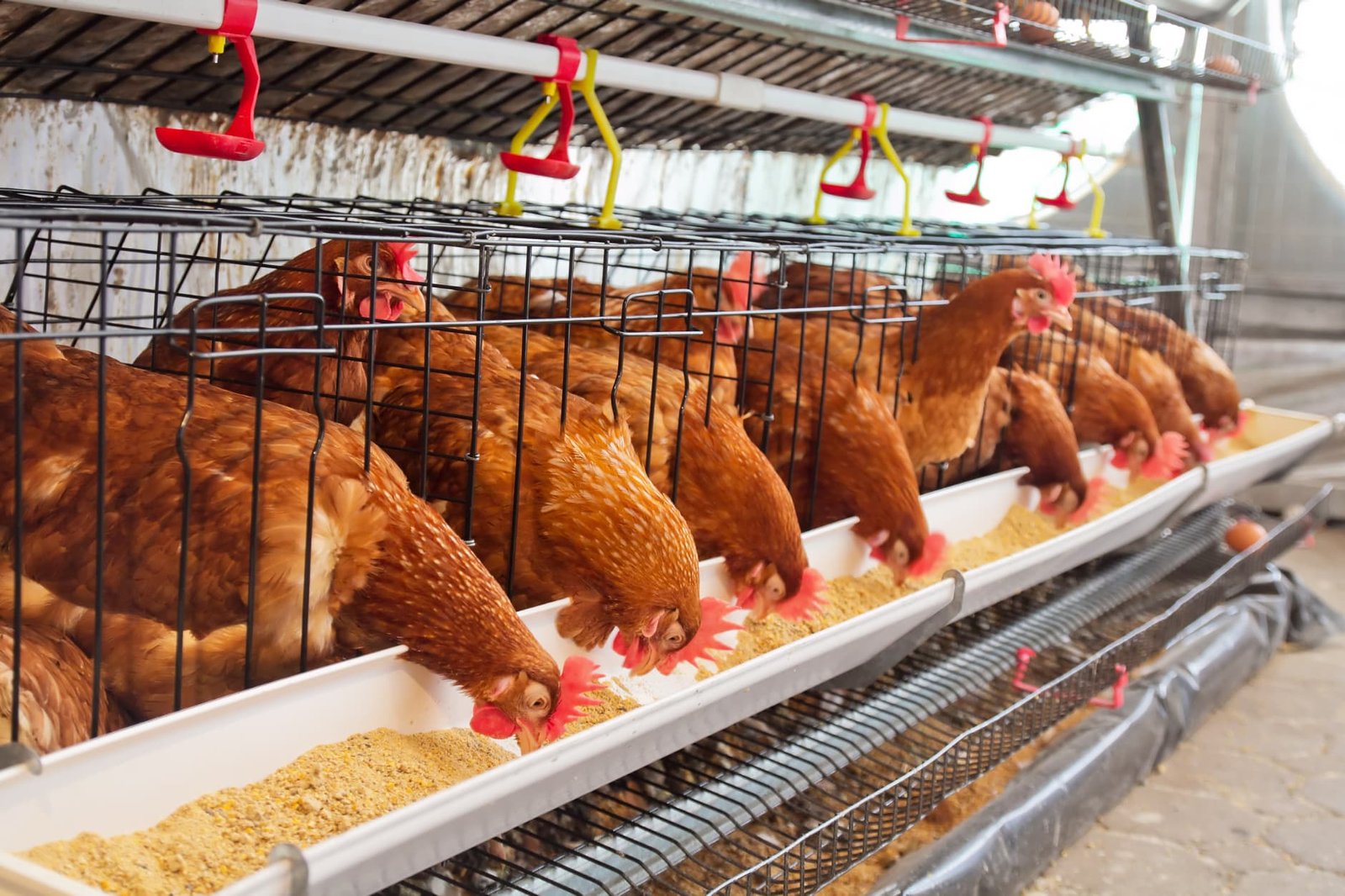As an investor and part owner in a small food and beverage (F&B) brand, I’ve learned the hard way that direct-to-consumer (D2C) logistics can be a tricky and expensive business. Ensuring that my products are delivered to my customers in a timely and cost-effective manner requires a lot of effort and resources. However, I discovered that delivery logistics software can make all the difference in optimizing my D2C operations and improving the overall customer experience.
Delivery logistics software is a cloud-based system that helps businesses manage their delivery operations, from order management to shipment tracking to route optimization. It is a powerful tool that can significantly reduce costs, streamline operations, and improve customer satisfaction.
For F&B brands operating in the D2C space, delivery logistics software is especially valuable. With the rise of e-commerce and online marketplaces, more and more customers are shopping for food and beverages online. However, delivering perishable goods requires a different approach compared to other products. Delivery logistics software can help F&B brands manage the complexities of D2C delivery and ensure that their products arrive at their customers’ doorsteps fresh and on time.
The benefits of delivery logistics software for F&B brands in D2C logistics are numerous. In the next section, I’ll explore some of these benefits in detail.
Benefits of Delivery Logistics Software for F&B Brands in D2C Logistics
Delivery logistics software can offer several benefits for F&B brands operating in the D2C space. Here are some of the key benefits:
Real-time tracking of orders and shipments
One of the most significant advantages of delivery logistics software is its ability to provide real-time tracking of orders and shipments. F&B brands can monitor the status of their orders and track the progress of their shipments at every stage of the delivery process. This real-time visibility allows brands to quickly identify and address any issues that may arise during delivery, such as delayed shipments or damaged products. It also provides customers with the ability to track their orders and know exactly when they will receive their products, improving the overall customer experience.
Efficient inventory management
Delivery logistics software can also help F&B brands manage their inventory efficiently. By integrating with existing inventory management systems, the software can provide real-time updates on stock levels and order volumes. This allows brands to optimize their inventory levels, reducing waste and saving money on storage and transportation costs. Brands can also set up automatic reorder points and receive alerts when stock levels fall below a certain threshold, ensuring that they never run out of stock.
Streamlined order management
Delivery logistics software can streamline the order management process by automating tasks such as order processing, picking, and packing. Brands can create customized order fulfillment workflows that reflect their unique business needs and requirements. This reduces the risk of errors and ensures that orders are fulfilled accurately and efficiently.
Route optimization and cost reduction
Delivery logistics software can optimize delivery routes based on various factors such as distance, traffic, and delivery windows. This can significantly reduce transportation costs and improve delivery times. By optimizing routes, brands can also reduce their carbon footprint and contribute to a more sustainable supply chain.
Improved customer experience
Finally, delivery logistics software can improve the overall customer experience by providing customers with accurate delivery estimates, real-time tracking, and timely notifications. By keeping customers informed and engaged throughout the delivery process, brands can build trust and loyalty, resulting in repeat business and positive word-of-mouth.
In short, delivery logistics software can significantly benefit F&B brands operating in the D2C space. By providing real-time tracking, efficient inventory management, streamlined order management, route optimization, and improved customer experience, it can help brands achieve their D2C goals and stay competitive in an increasingly crowded market.
Use Cases of Delivery Logistics Software for F&B Brands in D2C Logistics
There are many use cases for delivery logistics software in the F&B industry. Here are three examples of how F&B brands can use delivery logistics software to optimize their D2C operations:
Example 1: Small F&B brand scaling up its D2C operations
As a small F&B brand, I started my D2C operations with just a few local deliveries per week. As my business grew, however, managing my delivery operations became increasingly difficult. With delivery logistics software, I was able to streamline my order management and route optimization, reducing my delivery costs and improving my overall customer experience. I was also able to track my inventory more effectively, ensuring that I had the right products in stock to meet demand.
Example 2: Established F&B brand with complex delivery network
For larger F&B brands with complex delivery networks, delivery logistics software can be a game-changer. With multiple warehouses, distributors, and shipping carriers, it can be difficult to manage and track orders in real-time. Delivery logistics software provides a centralized system for managing these operations, allowing brands to optimize their delivery routes, track their shipments, and reduce costs.
Example 3: E-commerce platform partnering with F&B brands for fulfillment
Finally, delivery logistics software is also valuable for e-commerce platforms that partner with F&B brands for fulfillment. By integrating with delivery logistics software, e-commerce platforms can provide their customers with real-time tracking and order management, while also ensuring that their F&B partners are able to manage their inventory and deliveries more effectively. This creates a win-win situation for both the platform and the F&B brands, as it improves the overall customer experience and helps brands scale their D2C operations more efficiently.
Overall, delivery logistics software is a powerful tool for F&B brands in the D2C space. Whether you’re a small brand looking to scale up your operations, an established brand with a complex delivery network, or an e-commerce platform partnering with F&B brands for fulfillment, delivery logistics software can help you streamline your operations, reduce costs, and improve the overall customer experience.
How to Choose the Right Delivery Logistics Software for Your F&B Brand
Choosing the right delivery logistics software for your F&B brand is crucial to ensuring that your D2C operations run smoothly and efficiently. Here are some factors to consider when selecting the best delivery logistics software for your business:
- Scalability: Look for a delivery logistics software that can grow with your business. As your business expands, you need a system that can handle increased volumes of orders and shipments.
- Integration: Your delivery logistics software should integrate seamlessly with your existing systems, such as your e-commerce platform or inventory management software. This will ensure that your data is synced across all platforms and reduce the risk of errors.
- Cost-effectiveness: Evaluate the pricing model of the delivery logistics software you are considering. Look for a system that offers flexible pricing options, such as pay-as-you-go or monthly subscriptions, to help you manage costs and avoid long-term commitments.
- User-friendliness: The delivery logistics software you choose should be user-friendly and easy to navigate. Your team should be able to learn how to use it quickly and efficiently.
- Customization: Consider a delivery logistics software that can be customized to fit your business’s specific needs. This will help you tailor the system to your unique requirements and ensure that it meets all of your delivery logistics needs.
In addition to these factors, there are several key features to look for in delivery logistics software for F&B brands in D2C logistics. These features include:
- Real-time tracking: The delivery logistics software should allow you to track your shipments in real-time, so you can keep your customers informed about the status of their orders.
- Inventory management: The software should provide robust inventory management capabilities, including tracking stock levels, expiry dates, and order fulfillment.
- Order management: Look for a system that can manage and prioritize orders based on urgency, delivery location, and other factors.
- Route optimization: Delivery logistics software should optimize routes based on factors such as delivery location, traffic, and weather conditions to reduce costs and improve delivery times.
Implementing delivery logistics software for your F&B brand can be a game-changer for your D2C operations. By selecting the right system, you can optimize your delivery logistics, reduce costs, and improve the overall customer experience. Remember to evaluate the factors mentioned above, look for key features, and follow best practices for implementation and integration to ensure the success of your delivery logistics software deployment.
Wrapping Up
In conclusion, delivery logistics software is a game-changer for F&B brands operating in the D2C space. By providing real-time tracking, efficient inventory management, streamlined order management, route optimization, and cost reduction, delivery logistics software can help F&B brands meet the growing demand for online food and beverage shopping while also improving the overall customer experience.
However, not all delivery logistics software is created equal. When choosing a delivery logistics software solution, F&B brands must consider factors such as scalability, integration with existing systems, and key features such as real-time tracking and route optimization.
Implementing delivery logistics software can be a daunting task, but it is essential for F&B brands looking to stay competitive in the D2C space. By choosing the right software and following best practices for implementation and integration, F&B brands can streamline their operations, reduce costs, and provide their customers with the high-quality service they expect.
In summary, delivery logistics software is an essential tool for F&B brands operating in the D2C space. By leveraging the power of technology to optimize their logistics operations, F&B brands can succeed in the rapidly evolving world of e-commerce and meet the demands of their customers.









